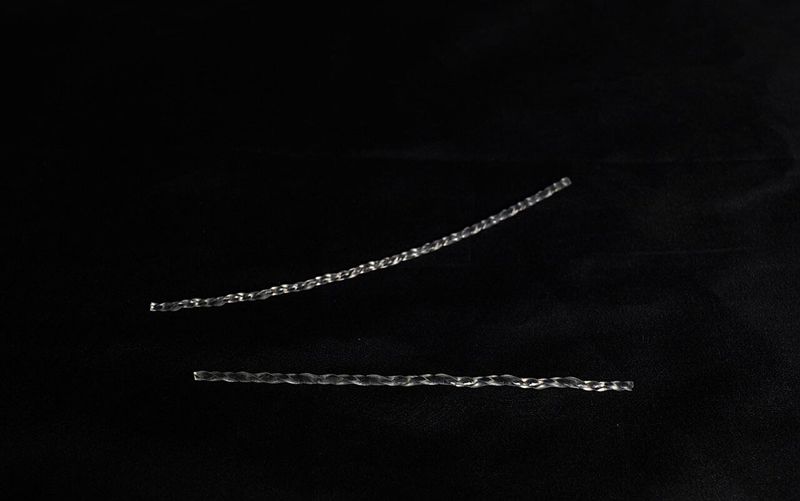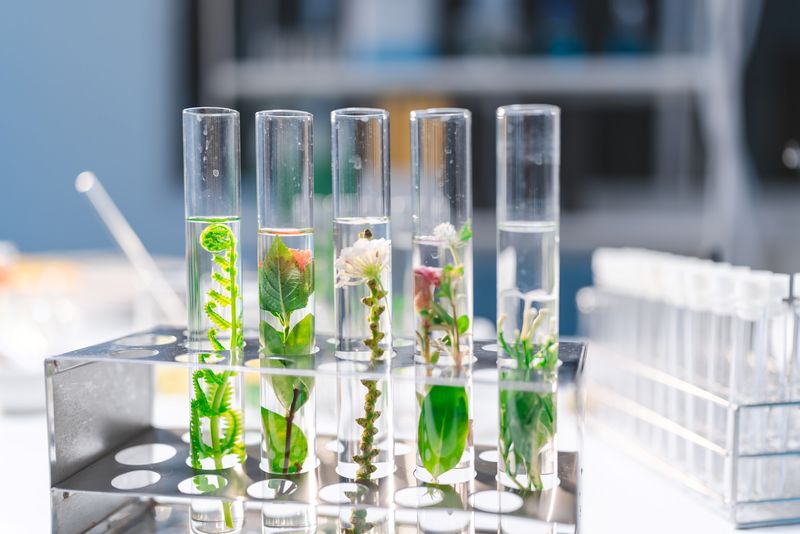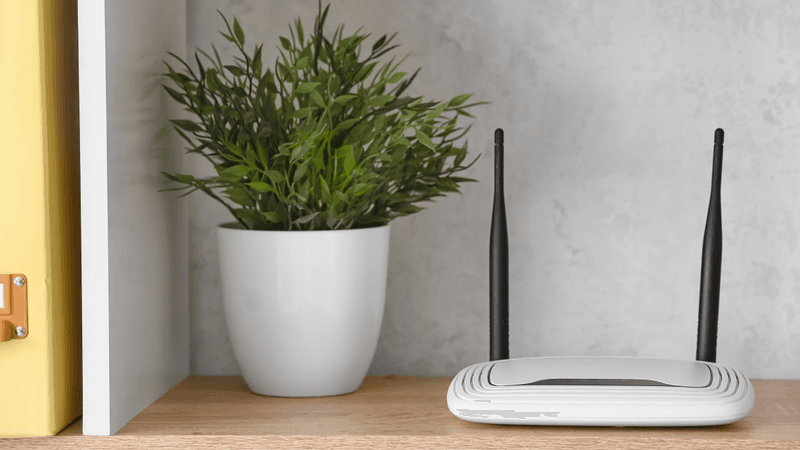Within the world of robotics, squishiness has for some time been something of a holy grail, with engineers seeking to create machines with no hard components, allowing for greater contortion and the ability to squeeze through tight spaces.
Octopuses are the perfect naturally-occurring blueprint for such a robot, thanks to their capacity to morph and warp their bodies depending on the obstacles they encounter. Bringing cephalopod design into the future, a team of scientists from Harvard has now created the “octobot”, which has the honor of being the world’s first soft-bodied robot.
Until now, most soft robots had included at least some hard components, such as fuel containers, cables, or other power sources. However, writing in the journal Nature, the octobot creators explain how they overcame this problem by 3D-printing the silicon octopus’s body, complete with “on-board fuel reservoirs and catalytic reaction chambers” that store hydrogel-based inks within its tentacles.
These inks contain platinum particles, which react with hydrogen peroxide in order to release oxygen and water vapor. This causes the robot’s arms to inflate and flex, with a series of valves and switches controlling the movement of gasses in order to ensure that while some tentacles expand, others contract, thereby propelling the octobot forwards. At present, the study authors have not come up with a way of steering the robot, although now that they have got it moving they plan to investigate methods to control the direction of its thrusting.
Less than 2 centimeters (0.8 inches) high and roughly the size of a human palm, the current model of the robot can run for between four and eight minutes before exhausting its hydrogen peroxide supply, although larger versions should be able to stay active for longer periods between refuels.
Once perfected, this technology could have a huge number of practical applications, leading to the creation of highly agile robotics that may be of use in responding to emergencies or military surveillance.




